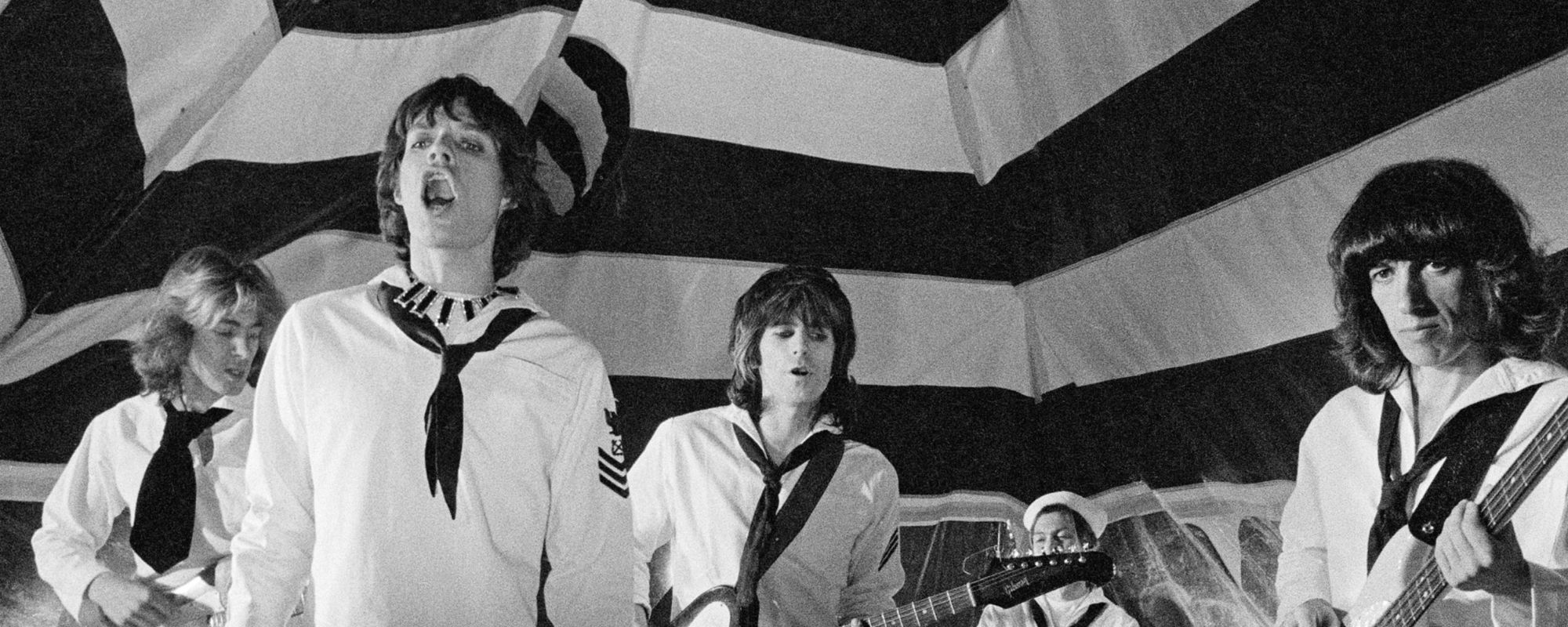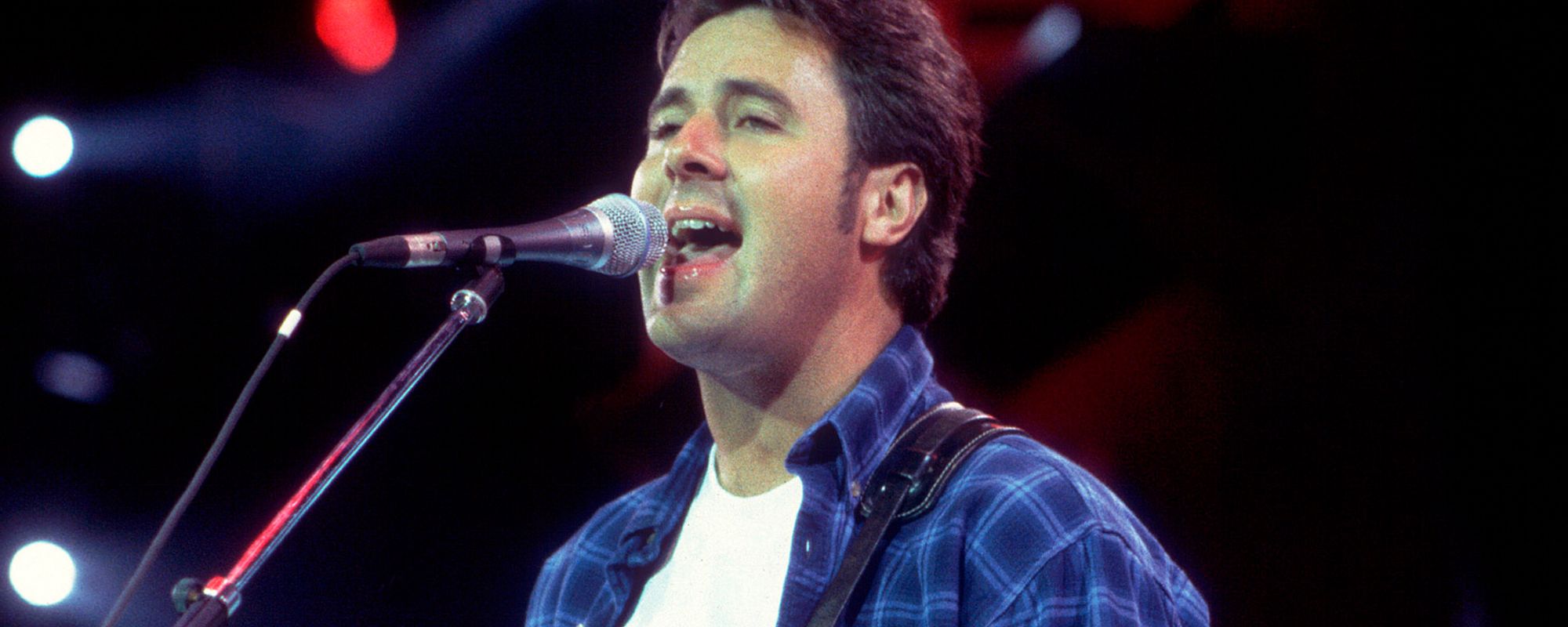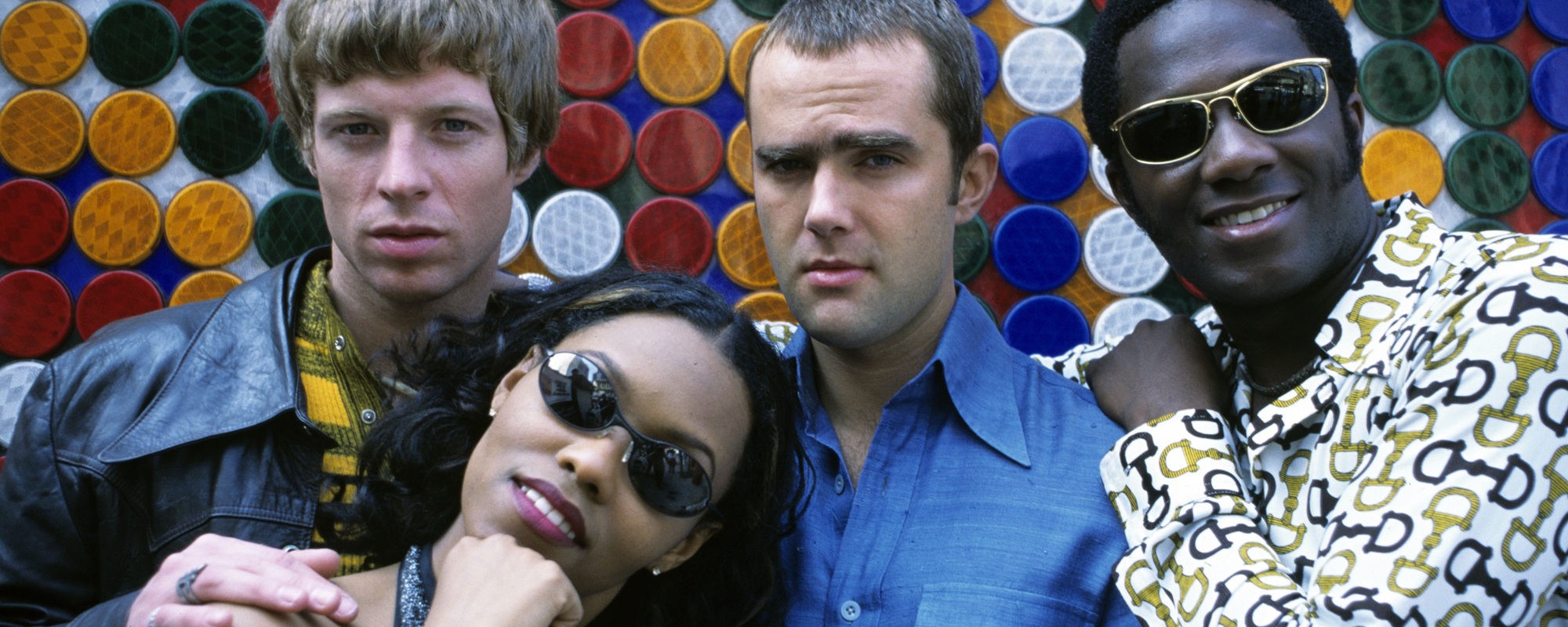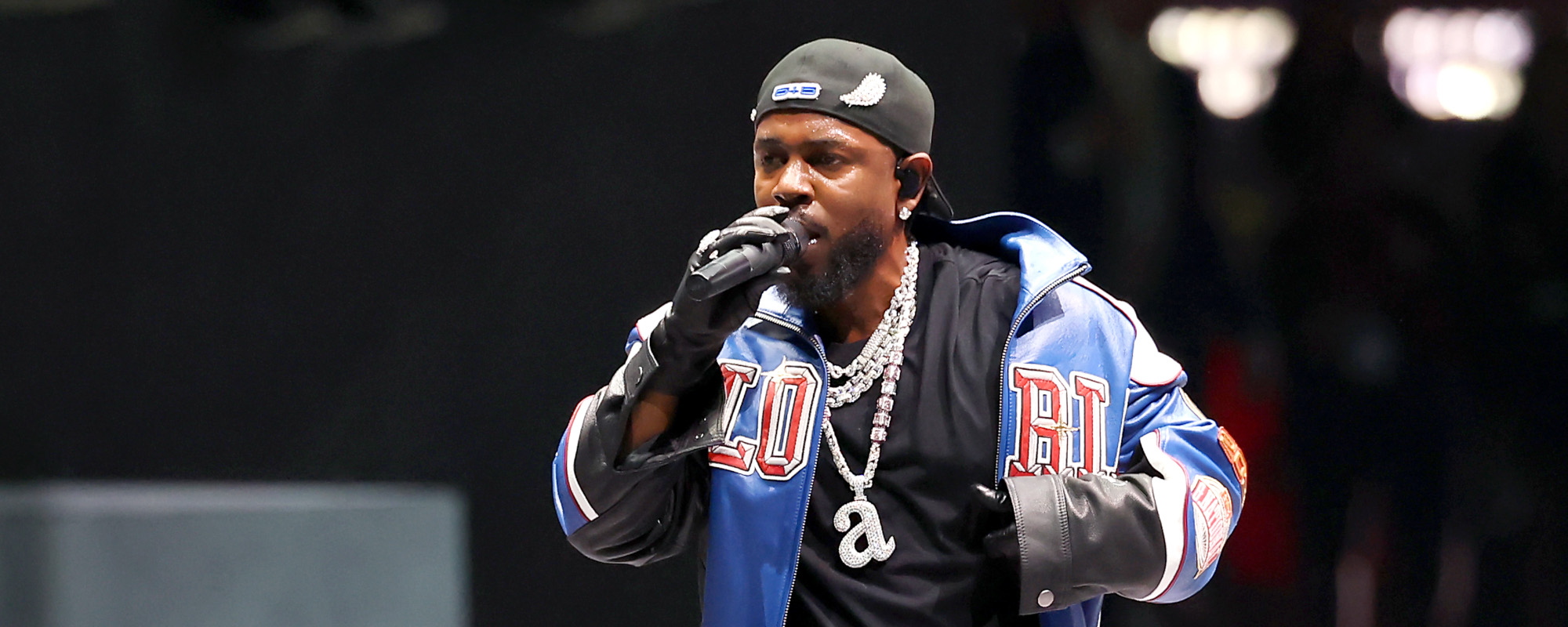When Eminem released “Lose Yourself” in 2002, questions surrounding who the greatest living rapper was ended.
Videos by American Songwriter
Fifteen years later, Kendrick Lamar unequivocally took the crown with his album, Damn.
And with song titles like “Blood” and “Element,” it became immediately clear this release would be his most introspective yet.
“DNA” also created a cataclysmic shift in hip-hop. Not since Eminem’s peak has such virtuosic rapping been on display. Lamar turns himself and the track inside out. He explores Black culture while navigating a relentless force of judgment from outside the culture.
War and Peace
In “DNA,” Lamar describes the foundation of his very being. From a deep ancestral history in Africa to his volatile childhood in Compton.
Loyalty, got royalty inside my DNA
Cocaine quarter piece got war and peace inside my DNA
I got power, poison, pain, and joy inside my DNA
I got hustle though ambition flow inside my DNA
But he also speaks to his future. The past may explain where people come from, but Lamar’s future story wasn’t written in stone. Yet, there is a sense of fate. He uses religious imagery and the Hebrew name for Jesus as a messiah metaphor to get at this destiny.
I was born like this, since one like this, immaculate conception
I transform like this, perform like this, was Yeshua new weapon
Geraldo Rivera
Then “DNA” falls into chaos as Lamar raps over a clip of Geraldo Rivera attempting to analyze hip-hop and racism. Rivera’s analysis is as clumsy as you’d imagine: “This is why I say that hip-hop has done more damage to young African Americans than racism in recent years.”
Lamar responds with a furious verse dismantling misconceptions of hip-hop and the complex history that punditry oversimplifies.
Producer Mike Will’s urgent beat pulls on Lamar’s rhymes like an anchor. It’s like the past and the present in a tug-of-war between where Lamar comes from, his now, and where he’s going.
Working against Will’s beat, he lays waste to Rivera’s judgments and examines himself inside the larger context of his community.
Will told NPR how Lamar rapped a cappella to see if the producer could fit it with a beat. He said, “Just imagine him a cappella rapping the second half of ‘DNA,’ and I had to build a beat around that. I didn’t want the beat to just sound like a regular boom-clap, boom-clap. I wanted that s–t to sound just as crazy. I wanted it to sound like he’s battling the beat.”
Watchin’ all the snakes
Curvin’ all the fakes
Phone never on, I don’t conversate
I don’t compromise, I just penetrate
In the Matrix
Don Cheadle stars in the music video, which begins with the actor interrogating Lamar. He asks Lamar whether he knows what “DNA” stands for. Cheadle says, “Dead N—er Association.”
Lamar makes a profound statement with Cheadle’s heartless initialism and the title of the song as the building blocks of heredity. He transfers the force of Cheadle’s cynicism into a celebration of the ghosts that have come before. Standing on the shoulders of giants, using society’s dead poets to write the future.
When Cheadle turns on the lie detector, Lamar’s force enters his body, and Cheadle begins to rap the song. The two trade verses until Cheadle weakens, gives in, and releases Lamar.
Later in the clip, a white man lectures Lamar as the rapper lies inside a coffin—a reference to Rivera and others “explaining” Black America to Black Americans.
Self-Examined
Though hip-hop offers an answer to oppression, Lamar also notices its triumphs have created different kinds of exclusion and alienation. It becomes another power struggle with money and power as the mecca of marriages.
“DNA” searches for answers, and its religious and scientific metaphors hint at the friction between cures and symptoms, freedom and destiny, life and death.
(Photo by Jason Koerner/Getty Images)












Leave a Reply
Only members can comment. Become a member. Already a member? Log in.